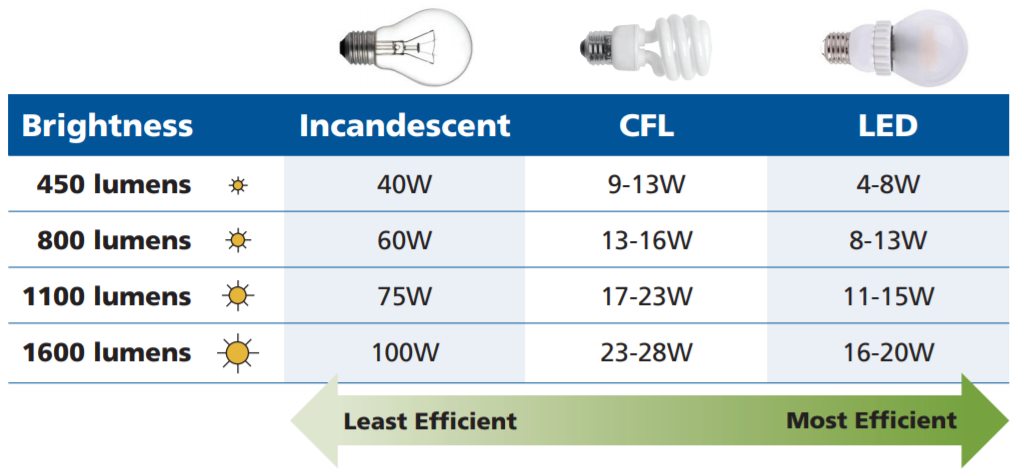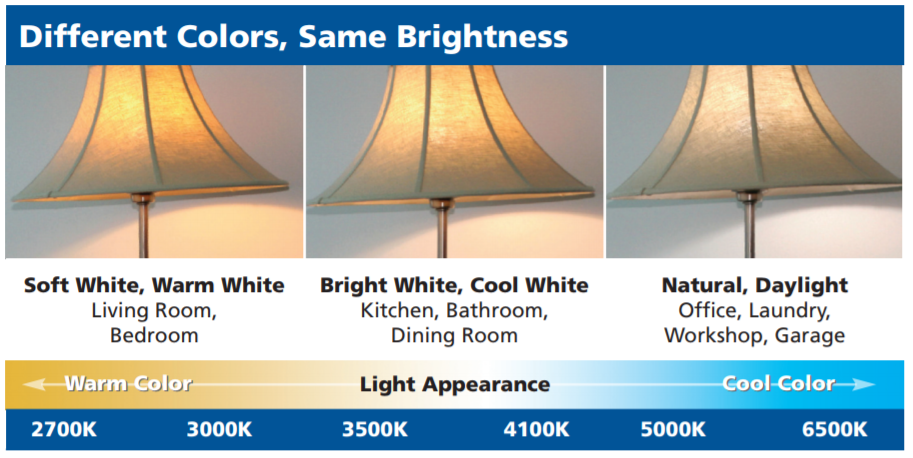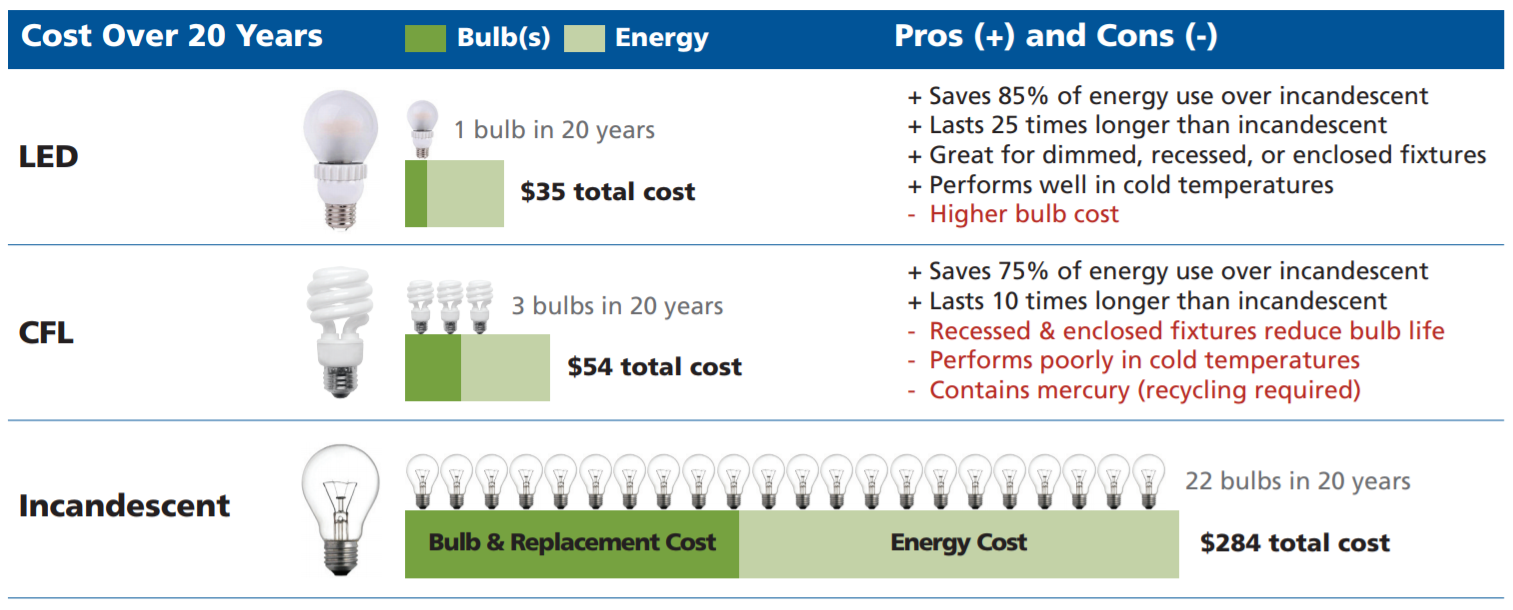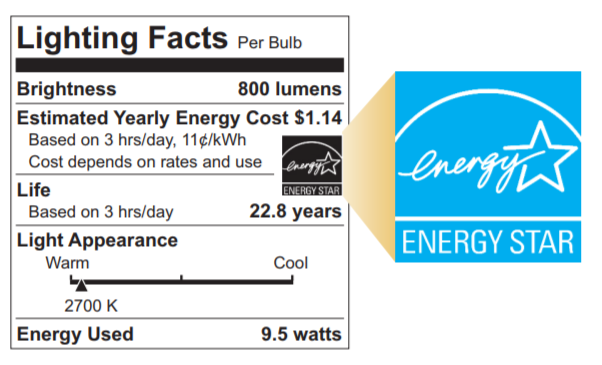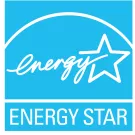For many Minnesotans, the house, porch, shrubs and trees are donned with holiday lights. Depending on one’s holiday lighting enthusiasm, a home can save between $10 to $250 each holiday season by switching to LED holiday lighting.
This is because, according to the Department of Energy, LED holiday lights save up to 90% of the energy used by traditional incandescent holiday lights. LEDs are also safer, sturdier, longer lasting, and easier to install.
Fill your stocking with energy savings: For every old holiday lighting string recycled and replaced with more efficient LEDholiday lighting, 19 kilowatt-hours of electricity are saved over the course of the holiday season. This is the same amount of energy as a common CFL household light bulb would use if left on for 24 hours a day for 2 months straight!
ENERGY STAR is the way to go: When shopping for new holiday lights, look for the ENERGY STAR® label to ensure that the product meets strict federal energy efficiency guidelines. ENERGYSTAR-qualified lighting, as well as appliances and electronics, use less energy than their older, inefficient counterparts. ENERGYSTAR-qualified LED decorative lights are an economical choice because they use 75 percent less power than conventional lights and they can last up to 10 times longer.
Other advantages of LEDs include:
- Safe. LEDs are cool to the touch, reducing the risk of fire.
- Durable. LEDs do not have moving parts, filaments or glass, so they are much more resilient and shock-resistant than other light strings.
- Wide range of choices. LEDs are available in a variety of colors, shapes and lengths.
- Up-to-date features. LEDs offer the latest features and functions such as dimming and color shifting.
Learn more:
